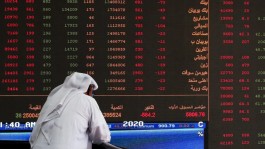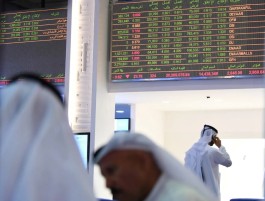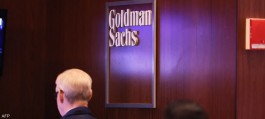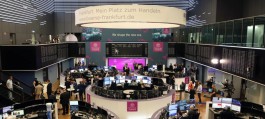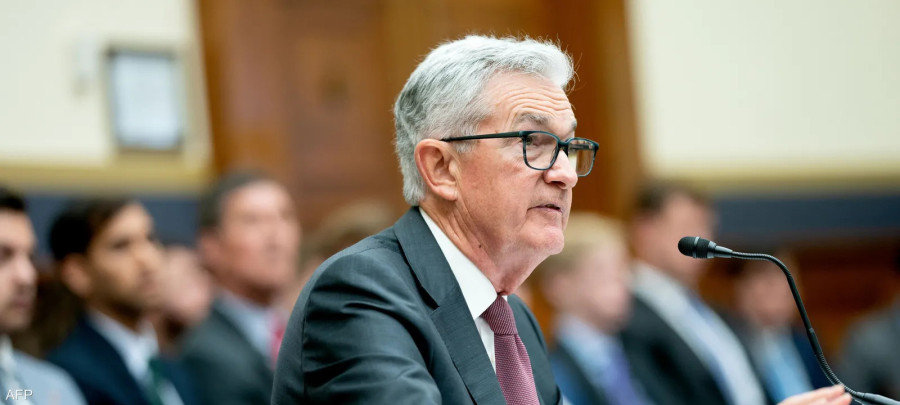The Federal Reserve is expected to make three interest rate cuts this year, according to statements by its Chairman, Jerome Powell.
Jerome Powell, Chairman of the Federal Reserve, confirmed in a television interview broadcast on Sunday that monetary policy makers at the US Central Bank still expect to make three interest rate cuts of approximately a quarter of a percentage point during 2024.
Powell told CBS's 60 Minutes that all members of the Federal Open Market Committee believe the US central bank will cut interest rates from their current level, the highest level in 23 years, of 5.25 to 5.5 percent at some point during 2024.
Policymakers, on average, were expecting a cut of 75 basis points last December.
While no new forecasts are expected until March 20, in the interview, which was recorded Thursday, Powell emphasized the continuity of monetary policymakers' expectations, noting that there have been no events so far that would prompt major changes in forecasts.
He added: If the economy weakens, we can cut interest rates earlier and perhaps faster... Conversely, if the economy, if inflation proves more stable, that may call for us to cut interest rates later and perhaps more slowly than expected.
Powell said the Fed may be cautious in its decision on when to cut interest rates in light of a strong economy that gives central bank officials time to ensure that inflation will continue to slow.
Investors were betting on six interest rate cuts starting in March. But bets that the Federal Reserve will lower interest rates have declined against the backdrop of the strong US jobs report issued on Friday, which far exceeded market expectations, which supports the statements of Chairman Jerome Powell at the conclusion of the monetary policy meeting last week that cutting interest rates in March is unlikely.
According to the CME Group's Fed Watch tool, traders expect less than 20 percent that the Federal Reserve will start cutting interest rates in March, compared to about 50 percent a week ago.
It should be noted that Powell's interview took place one day before the release of non-farm payrolls numbers, which showed the economy adding 353,000 jobs, nearly double what economists had expected.
The head of the Federal Reserve Bank said, before the publication of the jobs report, that the labor market in the United States is moving towards a better balance than expected, indicating that the strength of the labor market may not force the central bank to implement early interest cuts.
“The job market is still very strong...so, we haven't seen the economic pain that I was worried about, so that's a really good thing,” Powell said. We want that to continue.
Other Fed officials have raised concerns that a stronger labor market could lead to higher wage growth and higher service prices, complicating the central bank's task of bringing inflation down to its 2 percent target.
Powell explained that his main expectation is for inflation to continue to decline during the first six months of this year.
He said: We look at inflation on an annual basis. This is our goal. Readings for the first five months of last year were fairly high. This means that lower readings will pave the way for a rate cut around the middle of the year.
Inflation was declining due to the easing of problems in supply chains, after the Corona pandemic, and the consolidation of the impact of raising interest rates by the Federal Reserve Bank, as the US central bank increased borrowing costs by 525 basis points in just 18 months after inflation jumped to its highest level since. Contracts.
Powell said it was historically unusual for such interest rate increases not to lead to a sharp slowdown in the economy or labor market.
“The broader situation is that the economy is strong, the labor market is strong, and inflation is falling,” Powell said, adding, “My colleagues and I are trying to determine the right time to start reducing our restrictive policy stance.” This time is coming and approaching.











